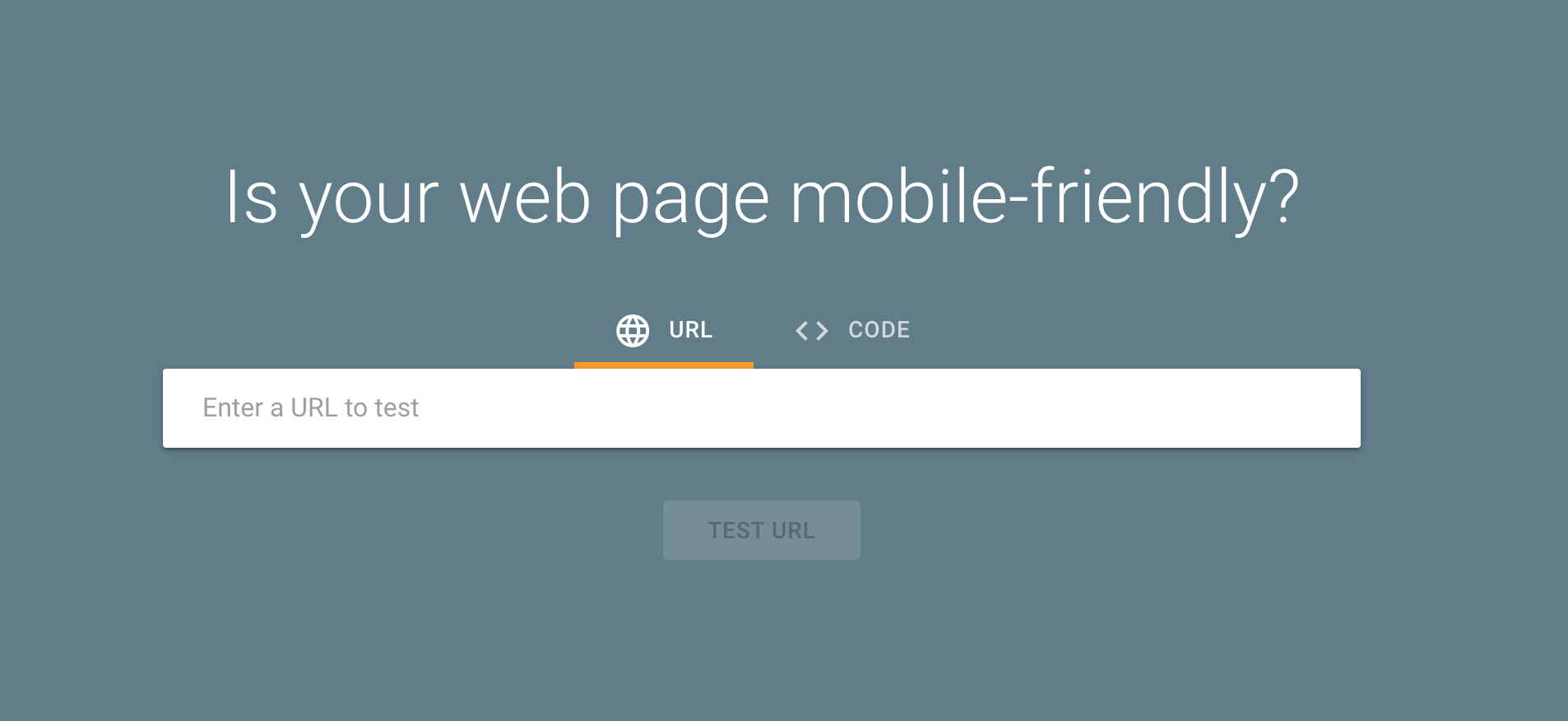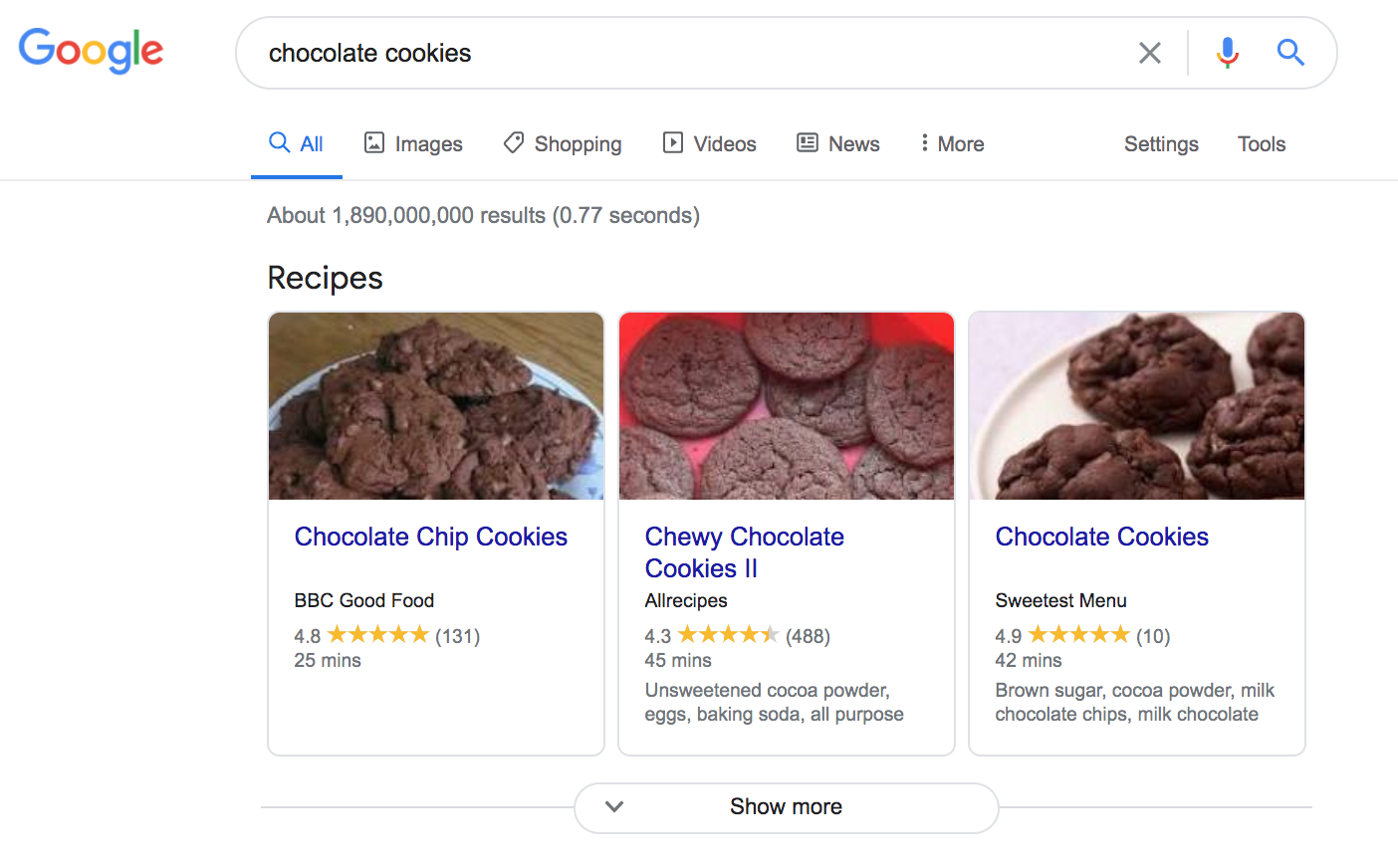
 Technical SEO
Technical SEOGoogle Ranking: Top 10 SEO Ranking Factors to Consider




Determined to get your site to the top of page 1? It’s possible if you know the top Google ranking factors to pay attention to.
While Google doesn’t publish a list of ranking factors, we’ve done the hard work for you and figured out what it takes to get your site to the top of the SERPs.
Understanding the most up to date search engine ranking factors is crucial for optimizing your site and ensuring maximum exposure.
How Does Google Ranking Work?
Google’s current ranking algorithm was built around RankBrain - an AI algorithm that organizes and improves search results.
The ranking algorithm is constantly adapting and changing to give users the best possible experience and to halt black hat SEO techniques from interfering with search results.
It’s also pretty complex - Google’s ranking algorithm analyzes a lot of different ranking signals before determining a page’s ranking, which is why working with a digital agency like Taktical Digital can help with raising your ranking organically.
You may have even heard that Google uses 200 ranking factors in their algorithm to determine top-ranking content.
The good news is that you don’t need to master or even know all 200 factors to win at ranking your site well.
A small set of Google ranking factors deliver the best results when it comes to SEO and grabbing the top spots in SERPs.
Top 10 Google SEO Ranking Factors
1. High-Quality Relevant Content
Google’s algorithms always reward comprehensive content that is relevant and answers users’ search queries. Your content should go into enough depth that users don’t click back onto the search results looking for another piece of content to browse.
The best way to ensure your content strategy is pointing your site in the right direction is to think about whether your content is useful to your target audience. Is it answering their search queries? Is it solving their problems?
Addressing users’ search queries and showing the right ranking signals to Google are all crucial parts of creating high ranking content. However, following formatting guidelines and on-page SEO best practices are also key to making your content accessible.
The majority of users don’t want to be confronted with a huge wall of text when they click on your content. Instead, they want scannable content that’s easy to digest. According to Google, a clear page layout makes content immediately stand out.
Make your content user friendly with:
- Bulleted or numbered lists. These break up your content and make it easier to identify key points.
- Multimedia. Images or videos not only break up chunks of text but also give Google strong relevancy signals.
Google’s Freshness Factor favours recently published or updated content for specific trending searches. The search engine often displays a timestamp for content which impacts CTRs as users are more likely to choose the freshest piece.
Google also prefers it when major changes are made to update content. Instead of just changing the published date and correcting some typos, it’s better to add new sections, go into more depth or remove sections that may not be relevant any more.
Making sure there’s no duplicate content across your site is vital to avoiding detrimental Google Penalties that undo any ranking progress.
Once you’re confident your content is relevant and thoroughly developed enough to be useful to your target audience, it’s time to think about whether it’s easy for Google to understand what it’s about.
2. Solid Keyword Strategy
Performing thorough keyword research and implementing keywords throughout your content is key to ensuring Google understands what your content is about.
You can do this by:
- Inserting the keyword in the title tag. Your title tag is one of many on-page SEO signals. Title tags with the keyword at the beginning usually perform better than those with the keyword at the end.
- Include the target keyword in the meta description. Meta descriptions don’t directly influence Google’s ranking factors, but they do influence your CTR which does impact rankings.
- Put the keyword in H1 Tag. Along with title tags, Google views H1 tags as another relevancy signal.
- Include your keyword in the first 100 words. Target keywords appearing in the first paragraph is linked to content appearing on the first page of Google SERPs.
- Ensure correct keyword density. Including your keyword multiple times throughout the piece of content ensures Google knows what the content is about. But, be wary of keyword stuffing though - this can cause more damage than good.
3. Trustworthy & Secure Site
Google must trust your site if you want to perform well in rankings. Site security is important from the moment you decide to build a website.
Having a secure and trustworthy site will make life much easier for Google when it comes to crawling and indexing pages. Remember that Google tends to reward sites that make things straightforward.
Ensure your site is secure by:
- Using a well-coded site builder.
- Embedding a robots.txt file to tell Google where to look for site information.
- Creating a sitemap that lists all your webpages. We recommend Yoast for WordPress hosted sites.
- Enabling SSL security on your site so your web address has ‘https’.
4. High-Quality Backlinks
Obtaining high-quality backlinks from authoritative domains is a long-term strategy that will help your content seem appealing in Google’s eyes.
Kind of like a vote of confidence from another site, the more backlinks your site has, the more Google will perceive your content to be an authority on that keyword.
In fact, one of the most important ranking factors is the number of referring domains. Having a high number of domains linking to your site correlates directly to a higher ranking position in the SERPs.
But remember that poor quality backlinks can actually cause more damage than good when it comes to performing well in rankings. The referring page’s authority is a crucial element of determining a link’s value.
If Google views referring sites to be spammy or just low quality, it will reflect poorly on your own site.
Writing solid anchor text that describes backlinks accurately helps Google interpret its relevancy.
5. Mobile Friendliness
According to Google, “Mobile pages that provide a poor searcher experience can be demoted in rankings or displayed with a warning in mobile search results.”
Luckily it’s very easy to avoid this if you know what to do.
People are using their smartphones at an increasingly high rate when it comes to searching for relevant information. Up to 50 % of all searches are done from mobile devices now.
Find out how mobile-friendly your site is with one of Google’s free SEO tools, Mobile-Friendly Test. All you have to do is plug in your site’s URL and hit ‘Test URL’.

If your site isn’t that mobile-friendly, the tool will also give you a list of recommendations to help you optimize for mobile.
6. Optimized Images
Optimizing your site’s images is vital for sending search engines the right signals when it comes to their relevancy to a specific page’s content.
Before uploading images to your site, give them an accurate file name - don’t just write ‘image 1’, ‘image 2’ or something similar.
When you insert images into your site, include descriptions, titles and captions. For the alt. text, try to put in your target keyword, but only if it makes sense - Google is smart enough to realize when you’re keyword stuffing.
7. Fast Site Speed
Page speed is a Google ranking factor. The search engine’s spider estimates site speed based on the page’s HTML code.
Google also uses Chrome’s user data to get a full understanding of each page’s loading time.
Try using Google’s PageSpeed Insights Tool for accurate results.

A fast loading site is critical to keeping users on your site and your bounce rate low. Making your site load as quickly as possible will mean users aren’t tempted to click on a competing fast loading site.
8. Great Site-Wide User Experience
When users choose to view your content to find the answers to their specific search query, they want to have a positive experience.
Poor design, non-intuitive layouts and unresponsive pages frustrate users and they’ll quickly look elsewhere for a user-friendly site.
According to Adobe’s State of Content Report, 38% of visitors to your site will stop engaging if they find the content and layout to be unattractive.
When a user clicks on your site, Google takes note of their dwell time as a way of monitoring how long users remain on your site before clicking back to the SERPs.
It’s simple - the easier it is for users to navigate your site and find content that’s relevant to them, the more time they’ll spend on your site.
Inserting suitable internal links, curating content menus and creating an aesthetically pleasing layout are all basic techniques you can use to encourage users to stay on your site.
Remember to make your business’s contact details clear and easy to find - 44% of visitors leave if they can’t find a phone number or contact information.
Including ads that cover any content or block users from using your efficiently should also be avoided. Google marks down any content that is covered with pop-up ads.
Making user-experience a priority across your site is vital for appeasing Google ranking factors.
9. Domain Authority
Domain age is a little known Google ranking factor. Although Google states that domain age isn’t all that important, it’s natural that an older domain of a year old or more will be seen as more trustworthy than one created last week.
According to one Ahrefs study, the average top 10 ranking page is 2+ years old.
It’s worth noting that exact-match domains (those with the target keyword in the URL) tend to perform better in rankings.
Check your Domain Authority using the free tool, Moz Link Explorer.

10. Schema Markup
Schema markup is a kind of structured data that makes it easier for search engines to crawl and display web pages in search results.
Implementing schema markup changes the way that your web pages are displayed in SERPs. It gives users more details including images and ratings which increases CTRs. A higher CTR will ultimately mean improved performance in rankings.

Known as rich results, these kinds of search results occupy the so-called position zero above other search results and attract more attention than regular listings.
Wrapping Up Google Ranking Factors
SEO ranking factors are continually evolving, and so to remain ahead of the game, you need to consistently review your content strategy.
Remembering these key website ranking factors and applying them across your site will help push your site up in the search results.
Start by creating relevant, optimized content on a secure site that puts user experience first and you’ll appease Google’s ranking factors. Ultimately if you follow these guidelines, you’ll see a long-term improvement in your site’s rankings.

You're reading Human-Led SEO
A regular column dedicated to illustrating how a searcher-first approach to SEO enables businesses to generate more revenue in less time from organic search.
Coming Soon